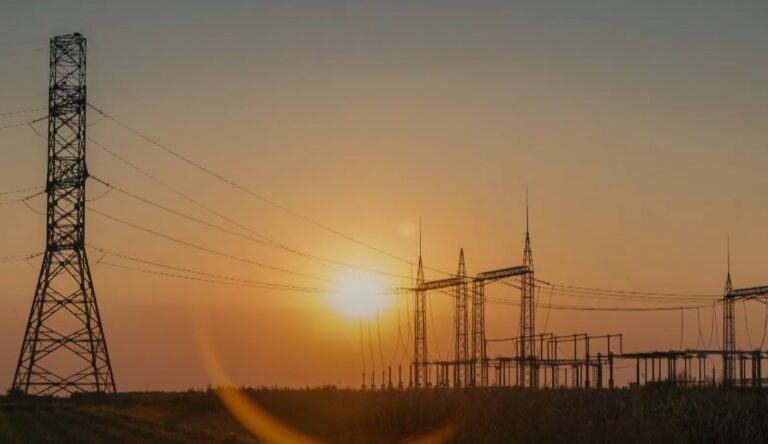Anyone who thinks flicking a switch is just another mundane act is missing a major part of the story. Energy distribution in 2025 isn’t a casual affair—it’s a high-stakes system on the cusp of radical change.
Digital technologies are stepping in to overhaul outdated electric grids, and the future looks both thrilling and long overdue.
Key Highlights
- Smart Grids Overhaul: Modernizing outdated grids with digital technologies improves efficiency, reduces outages, and integrates renewables effectively.
- Key Components: Advanced metering, automation, AI-driven systems, and energy storage enhance grid stability and responsiveness.
- Benefits vs. Challenges: Smarter grids lower costs, support environmental goals, and improve reliability but face cybersecurity, standardization, and investment hurdles.
- Future Outlook: Adaptive grids promise a resilient, eco-friendly energy system with active consumer participation and proactive energy management.
The Rise of Smart Grids in 2025
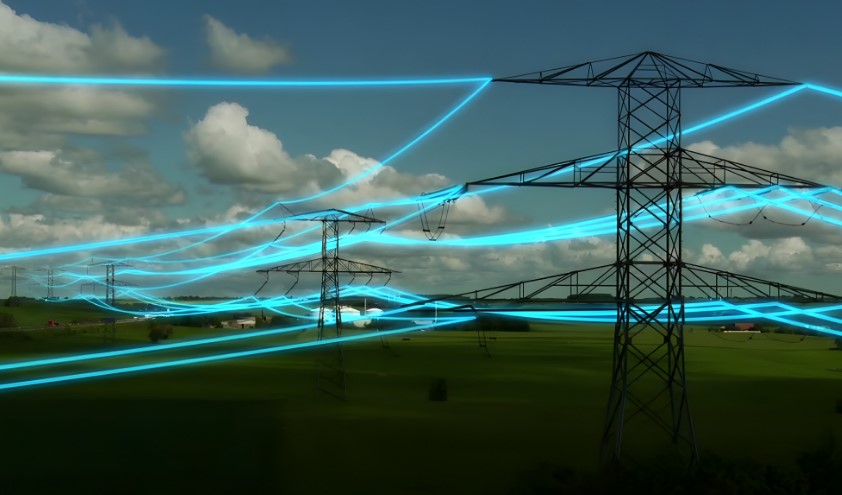
Power distribution once leaned on clunky frameworks that barely evolved for ages. Worn-out cables, minimal automation, and a near-absence of digital integration didn’t raise many eyebrows back then.
Eventually, the industry woke up and started retrofitting everything from meters to transformers. An emerging framework now knits data analytics, two-way communication, and automated controls into a cohesive network that curbs waste and boosts stability.
Anyone expecting smooth sailing might need a reality check. Turning an old, creaky structure into a sophisticated system demands massive investments and a never-ending parade of technical hurdles.
Some critics question the overall payoff, yet early results point to fewer outages, better efficiency, and a notable reduction in environmental impact. That alone suggests an upgrade is worth the hassle.
Fundamental Elements of a Smart Grid
At the heart of intelligent energy distribution sit a few critical building blocks. Each one brings a unique function that helps deliver electricity in a cleaner, more streamlined way.
Advanced Metering Infrastructure (AMI)
Offers real-time consumption statistics, giving consumers the power to optimize usage habits. Utilities also benefit from precise load monitoring, paving the way for inventive pricing schemes and effective demand response.
Enhanced Communication Systems
Enables fast data sharing among all parts of the network. That transparency helps operators adjust production or consumption in near real time. Fewer delays translate into fewer blackouts and swifter emergency responses.
Automation and Control
Automatically detects disruptions and resolves them with targeted solutions. Rapid fault identification slashes downtime and protects expensive hardware from bigger failures.
Renewable Energy Integration
Solar and wind produce fluctuating outputs. A more adaptive grid is key to maintaining balance when the sun disappears or the breeze dies down.
Energy Storage Solutions
Batteries and other storage options even out supply and demand shifts. Power from renewables stored during off-peak hours can be tapped later to keep the system stable.
Artificial Intelligence Takes the Spotlight

Machine intelligence no longer belongs to smartphone apps or robo-cars alone. In advanced grids, AI-driven software anticipates demand surges, detects abnormalities, and fine-tunes load distribution.
Forecasting outages before they occur might sound far-fetched, but sophisticated algorithms are already crunching data from thousands of sensors to identify potential trouble spots.
Spotting power imbalances early and making corrections preemptively is cheaper and safer than dealing with the aftermath of large-scale failures. No more clinging to wishful thinking while equipment strains under unmanageable stress.
Why Smart Grids Matter So Much
Traditional grids come with hefty inefficiencies, leading to wasted energy and bloated costs. A more intelligent model means better load forecasting, tighter control over production, and proactive handling of surprise spikes.
Consumers often see fewer shocks on their monthly bills, and the public benefits from reduced blackouts and fewer meltdown events. Environmental considerations add further appeal.
Governments worldwide love flaunting ambitious carbon-reduction targets, and modernized grids facilitate renewable integration in a big way.
With solar and wind feeding electrons into lines optimized by digital controls, the entire system becomes leaner and greener. Everyone gets to claim they’re doing their part for a healthier planet—while patting themselves on the back.
Ongoing Obstacles and Hard Realities
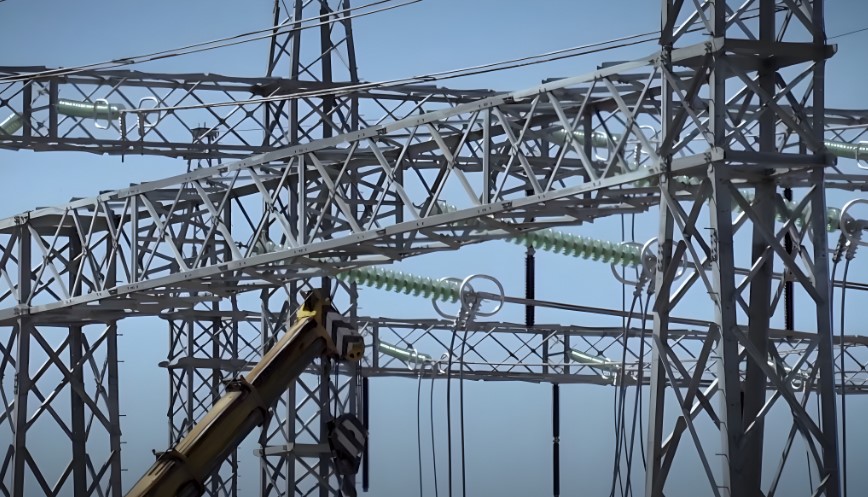
Promising as it may be, the push toward smarter grids is no fairy tale. Industry professionals face a laundry list of challenges:
- Cybersecurity: More interconnected devices mean more potential points for intruders to exploit. Malicious hacks can trigger chaos if utilities ignore robust security protocols.
- Standardization: Plug-and-play is a myth without consistent standards. Vendors, regulators, and utilities must collaborate on protocols so all components speak the same language.
- Investment Costs: Upgrading antiquated infrastructure is not cheap. Ratepayers may grumble over incremental increases, while corporate boards might hesitate at hefty upfront capital requirements.
- Regulatory Barriers: Complex energy regulations sometimes stifle innovation. Forward-looking policies that align with advanced grid deployments are essential for progress.
Global Initiatives and Outlook
Organizations on the international stage aren’t twiddling their thumbs. The International Energy Agency (IEA) publishes blueprints and guidelines, underscoring the urgency of global cooperation.
Europe and parts of Asia-Pacific are racing to implement pilot programs that set new benchmarks for 21st-century energy distribution. Glancing at the next few years, digital optimization will only speed up.
AI-based forecasting, decentralized trading platforms, and rising shares of renewables are just the tip of the iceberg.
It’s not hot air—it’s the logical progression of an energy sector that desperately needs a refresh.
A Day in the Life of a 2025 Smart Grid Consumer
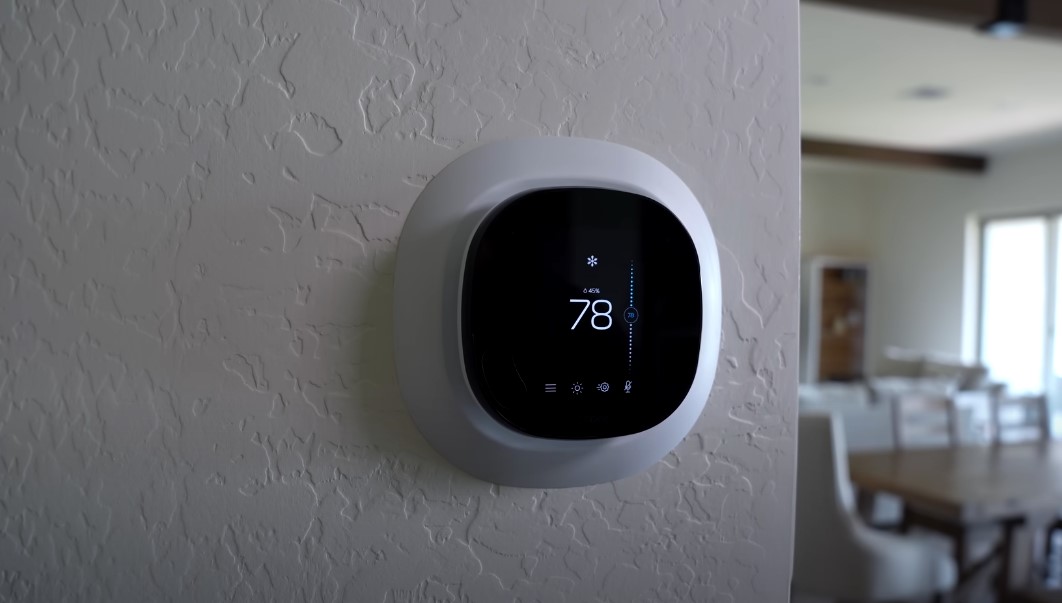
Picture a routine morning with an alarm beeping at 7 AM. The lights flick on automatically, yet charges remain manageable because advanced meters schedule energy use for cost-friendly time slots.
An electric car in the driveway charges overnight at discounted rates thanks to real-time pricing signals, and rooftop solar panels send surplus juice into the network at midday, earning credits that offset energy drawn later.
Smart thermostats fine-tune indoor temperatures, preserving comfort without triggering a bank-busting utility tab. Some households even link into microgrids that share extra power among neighbors.
It’s not exactly paradise—maintenance can be a pain, and glitches still happen. Yet an era of active consumer participation, where each home tailors its usage dynamically, brings real financial and ecological benefits.
Savings, Efficiency, and the Bottom Line
@techtalkcentral7 Smart Grids: Revolutionizing Electricity Distribution. #cybercity #Al #tiktokviral #smartgrid #education #techtok ♬ original sound – TechTalk Central
Boards and politicians love crowing about returns on investment. Smarter grids garner attention for a good reason. More balanced supply-and-demand forecasting means fewer generator failures, which cuts down on emergency fixes.
Predictive maintenance scheduling slashes downtime and reduces labor costs. Some households worry that modernization automatically spells bigger bills. Steep initial spending may not thrill anyone, but energy economists predict real savings over time.
More accurate pricing fosters competition, green power lessens reliance on volatile fossil fuels, and fewer blackouts lower the hidden costs of disruption. In simpler terms: pay extra upfront to pay less in the long run.
Building Resilience Against Uncertainty
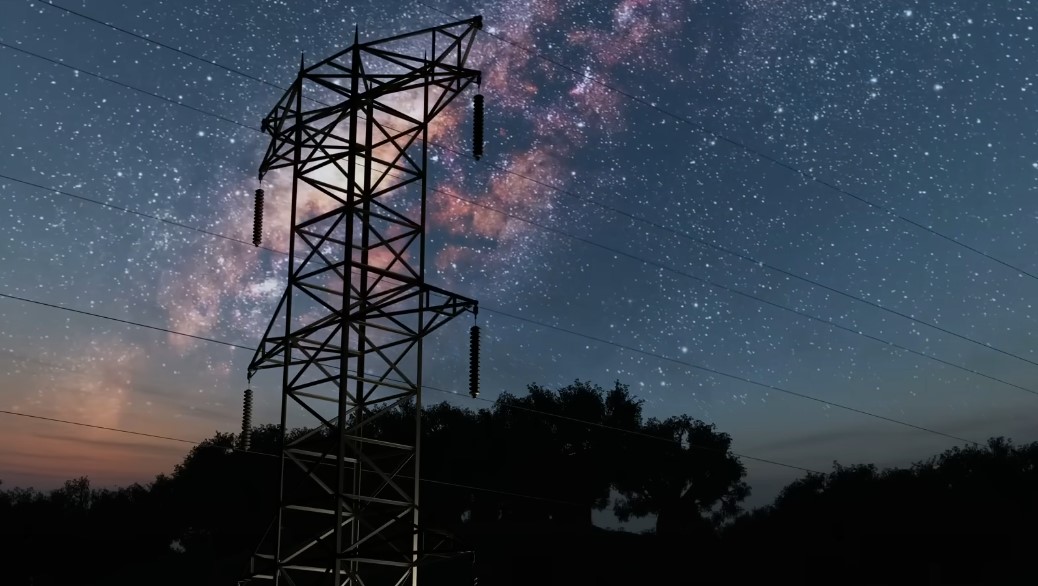
Power systems must brace for whatever nature throws at them. Fires, storms, hurricanes, floods—you name it.
That adaptiveness isn’t a fancy trick; it can become a literal lifesaver under worst-case conditions. Redundant networks help ensure that even large-scale weather events don’t plunge entire cities into darkness.
Nobody’s claiming it’s foolproof. Natural disasters can overpower human ingenuity no matter how clever the designs. Still, more robust infrastructure and quicker restoration times make a compelling case for modernization.
Summary
Smarter grids are reshaping power delivery faster than skeptics ever imagined. By blending cutting-edge tech, supportive regulations, and active consumer choices, energy distribution gets a shot at finally matching modern demands.
There’s no miracle fix for every shortcoming. The real payoff, however—fewer outages, wider adoption of renewable sources, and more engaged users—makes the undertaking worthwhile.
It’s time to retire outdated frameworks and lean into a future defined by adaptive, data-driven grids. After all, who wants to keep paying for blackouts and system failures when smarter options are waiting in plain sight?

